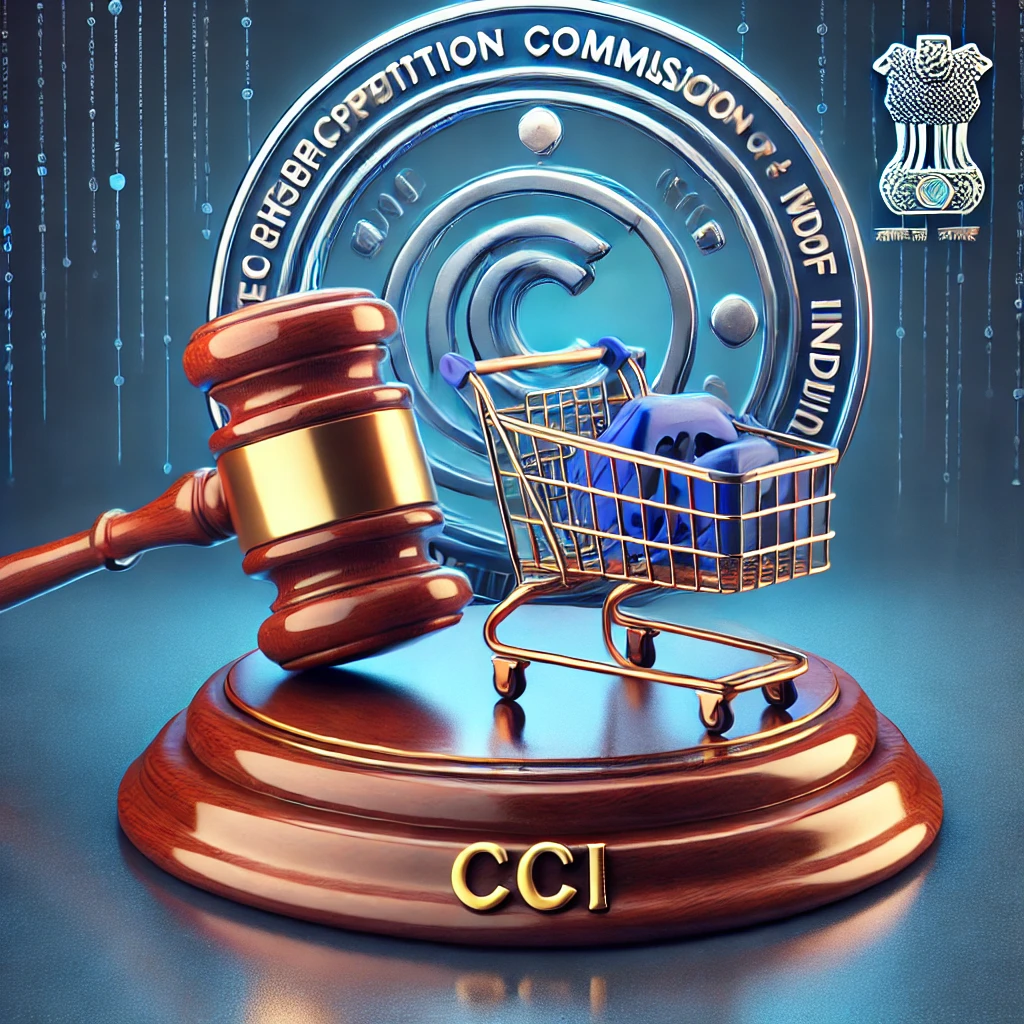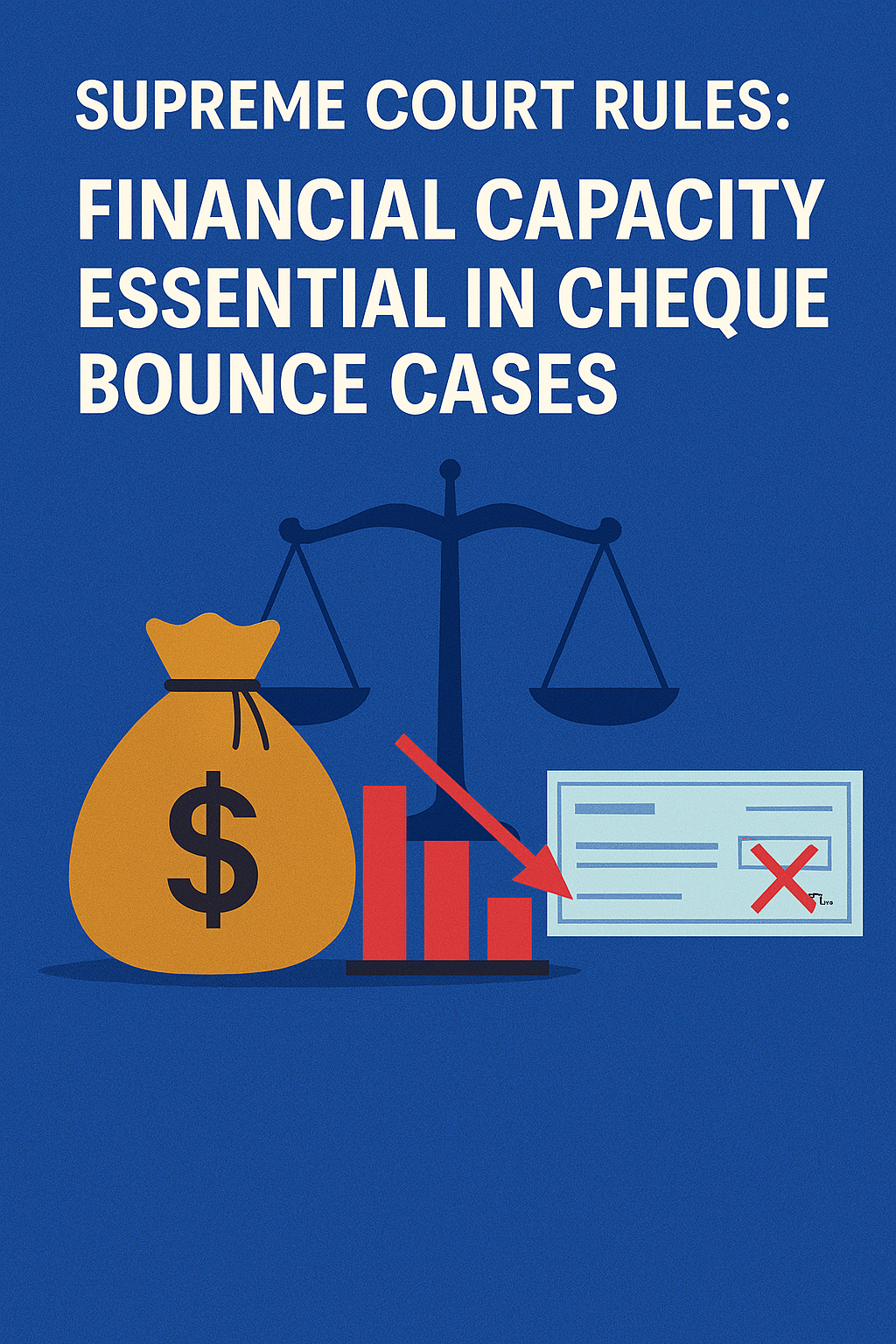Legal framework guiding mergers and acquisitions
- ByAdmin --
- 21 Sep 2024 --
- 0 Comments
Legal framework guiding mergers and acquisitions
A merger is the combination of two or more businesses to create a new, larger entity. In the event of a merger, both corporations will cease to exist and will be replaced by a new entity. A merger occurs when one corporation sees an advantage in combining its operations with another, such as improved shareholder value.
Mergers can be categorized into the following categories based on their economic activity:
• A horizontal merger occurs when two companies offer similar items.
• Vertical mergers include companies that produce similar items but at separate stages of manufacturing.
• Co-generic mergers include enterprises that serve the same clients.
• Conglomerate mergers include two unconnected corporations.
• A forward merger is a merging between a firm and its customers.
Acquisition is the process of selling one firm to another, which entails buying and selling the complete business between the two corporations. An acquisition occurs when one company acquires another, either friendly or hostile.
Major legislation governing mergers and acquisitions in India:
Companies Act, 2013.
The legal framework governing mergers, acquisitions, and combinations in India is principally governed by the Companies Act, 2013, and the rules enacted under it.
The Companies Act of India establishes a complete legal framework for mergers, acquisitions, and combinations, including procedures for shareholder and regulatory clearance, share value, and minority shareholder rights.
Competition Act, 2002.
The Competition Act, 2002 (hereafter referred to as the "Competition Act") is a significant piece of Indian legislation that controls market competition by prohibiting unfair business practices, abuse of supremacy, and combinations of businesses that could have a negative influence on market competition.
The Securities and Exchange Board of India Act, 1992, and the rules and regulations enacted under it (as amended), read in conjunction with the circulars, notifications, guidelines, and directions issued by the Securities and Exchange Board of India (the "SEBI"), which regulates India's securities markets.
Cross-border M&A transactions must follow the Foreign Exchange Management Act, 1999 (FEMA) and its regulations, including the Foreign Exchange Management (Non-debt Instruments) Rules, 2019.
Procedure for Mergers and Acquisitions:
• Assessment and valuation: Companies should evaluate their strengths and limitations. To determine a fair exchange ratio or pricing, both parties must first identify the fair value of their assets and liabilities.
• Due diligence: The purchasing business should evaluate the target company's financial accounts, contracts, legal documents, and operational procedures to identify potential risks or liabilities.
• Negotiation: After due diligence, both parties should agree on transaction parameters, such as exchange ratio, structure, and any contingencies or circumstances.
• Final Agreement- After due diligence, the parties sign a contract for sale and choose between asset acquisition or share purchase.
• Integrate post-closing clauses, such as additional obligations, asset transfers, consents, notifications, price adjustments, and ancillary contracts.
. Noncompliance
Noncompliance with the legal criteria for mergers, acquisitions, and combinations in India can have serious ramifications for the parties involved. Companies must adhere with the provisions of the Companies Act, the Competition Act of 2002, and other statutes to enable a smooth and successful transaction.
In the case of Government of NCT of Delhi & Anr. v. M/s BSK Realtors LLP & Anr. (and related matters), 2024 LiveLaw (SC) 420, the Supreme Court ruled that the doctrine of merger does not apply universally, and powers under Article 142 of the Constitution are an exception to both the doctrine of merger and the rule of stare decisis.
The exception will only be permitted in the most extreme circumstances, and it should be used rarely. The extraordinary constitutional powers vested in this Court under Article 142 of the Indian Constitution are always presumed to be preserved as an exception to the doctrine of merger and the norm of stare decisis."
Conclusion:
India is experiencing a surge in mergers, acquisitions, and alliances. Mergers and acquisitions are a popular technique employed by businesses to drive growth and expand their market share. Indian markets have seen a surge in mergers, which could be attributed to business consolidation by large industrial houses, business consolidation by multinationals operating in India, increased competition from imports, and acquisition activity. As a result, this is an excellent time for businesses and corporations to keep an eye on the Indian market and seize opportunities.




























0 comments